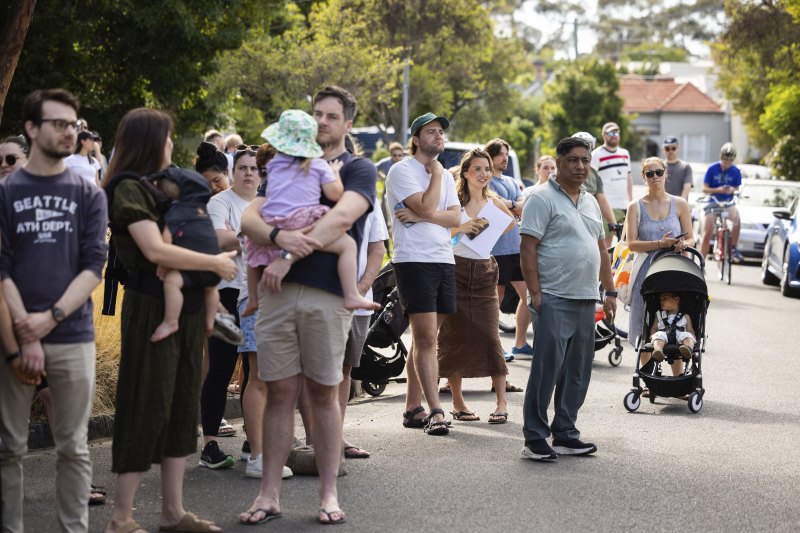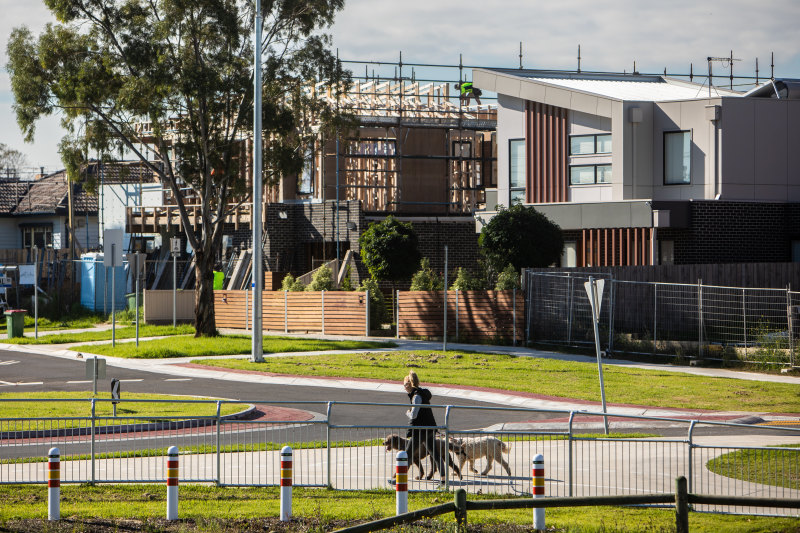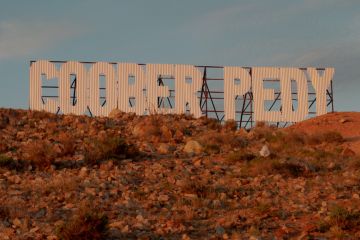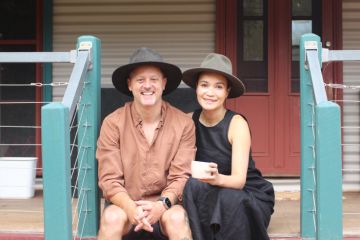The 'grim' situation leaving 100,000 Australians in unaffordable homes
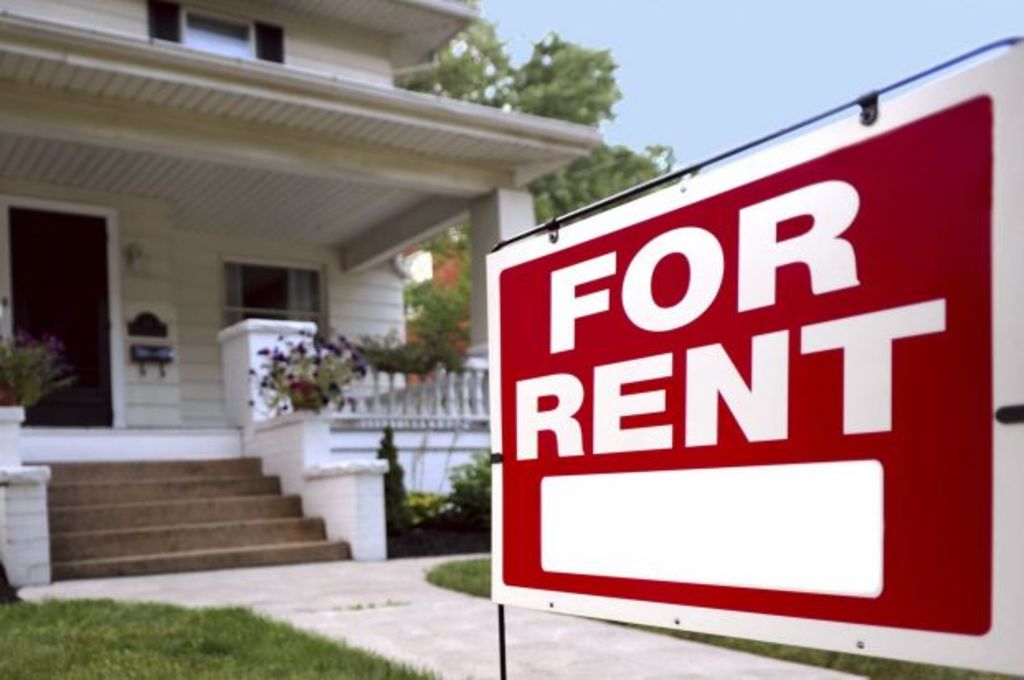
First home buyers aren’t the only casualty of the property boom.
At least 100,000 older Australians in the private rental sector are living in “dire circumstances” across the country, due to a lack of rental security and untenable rent increases, an academic in public policy and governance warns.
And this figure is expected to grow substantially if current policies and approaches to housing affordability aren’t changed, University of Technology Sydney Institute for Public Policy and Governance research professor Alan Morris wrote in his newly launched book The Australian Dream.
This has left older Australians who rent in the private market facing a “grim” future of “inadequate, unaffordable and insecure housing,” he said.
After interviewing 125 older private renters, homeowners and social housing tenants dependent on the Age Pension for his book, Mr Morris found that those in the private rental market were the most vulnerable but there was a shortage of social housing options.
“Those older Australians renting privately are often struggling to purchase necessities and running out of money for food before the next pension payout.”
Just 1 per cent of rental properties were considered affordable for retired couples on the Age Pension, a study of 14,000 rental properties available in April from Anglicare cited in the book found. For single people on the Age Pension, this figure dropped closer to zero.
Tenants Union of NSW project manager for older tenants Robert Mowbray warned there was likely to be an increase in those facing “immense hardship” if the government didn’t take action.
He recommended the Federal Government challenged speculation in real estate by “mum and dad investors” by tackling tax incentives, such as negative gearing, and instead look to incentivise institutional investors.
“If we leave the private rental market like it is, we’ll see more people pushed into an unaffordable sector where stress will take over their lives,” he said.
University of NSW City Futures Research Centre research fellow Chris Martin agreed the private rental sector “does not at all work well” for those on the Age Pension and older tenants generally.
“My sense is that they are especially vulnerable to the insecurity of rental housing,” Dr Martin said.
“That insecurity is no good for anyone, but I think it affects older persons worse – it is more difficult to search for alternative accommodation and to deal with the physical demands and logistics of moving house,” he said.
And older tenants cannot opt to increase their income to keep up with unaffordable rents and were less likely to be suited to shared accommodation, he said.
He recommended social housing initiatives and law reform to improve security and “shift the ownership structure from one dominated by speculative interests” would assist older renters.
The Department of Family and Community Services (FACS) recently released the NSW Ageing Strategy 2016-2020, to respond to the ageing population. Housing was one of five ‘priority’ areas in the strategy with aims to “widen the variety of affordable, accessible and stable housing within the private residential market”.
This will include a roundtable discussion with the private sector and not-for-profit partners, to “investigate changes needed to help create more housing choices for older people, including addressing housing supply and design,” a FACS spokesperson said.
We recommend
We thought you might like
States
Capital Cities
Capital Cities - Rentals
Popular Areas
Allhomes
More
